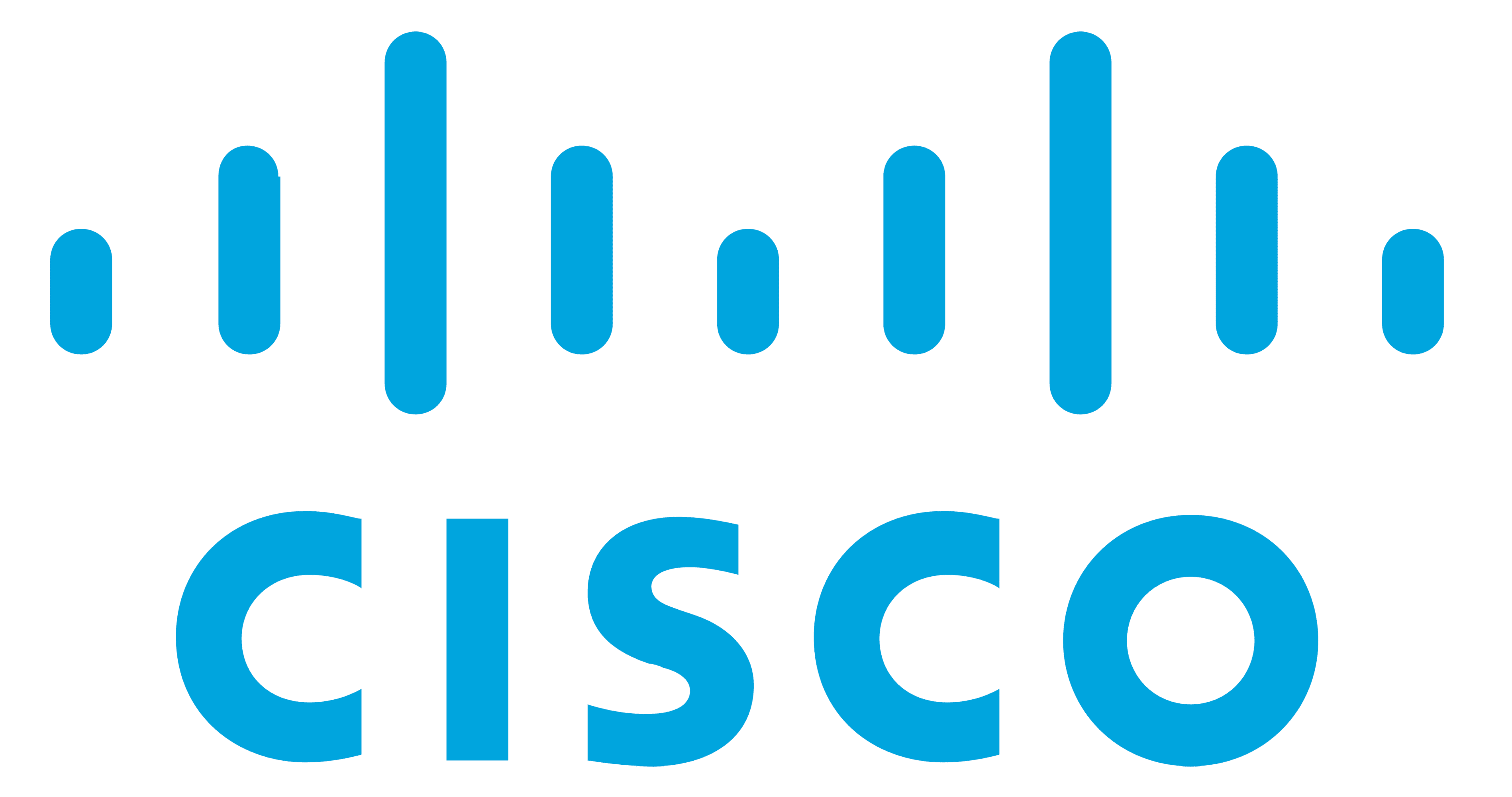Configure ASA Using Security Cloud Control CLI
You can configure an ASA device by running the CLI commands in the CLI interface provided in Security Cloud Control. To use the interface, click Security Devices, select the device and click Command Line Interface. For more information, see Using the Security Cloud Control Command Line Interface.
Add a New Logging Server
System logging is a method of collecting messages from devices to a server running a syslog daemon. Logging to a central syslog server helps in aggregation of logs and alerts.
For more information, see the 'Monitoring' section of the 'Logging' chapter in the CLI Book1: Cisco ASA Series General Operations CLI Configuration Guide of the ASA version you are running.
Configure the DNS Server
You need to configure DNS servers so that the ASA can resolve host names to IP addresses. You also must configure DNS servers to use fully qualified domain names (FQDN) network objects in access rules.
For more information, see the 'Basic Settings' chapter of the 'Configure the DNS Server' section in CLI Book1: Cisco ASA Series General Operations CLI Configuration Guide of the ASA version you are running.
Add Static and Default Routes
To route traffic to a non-connected host or network, you must define a route to the host or network, either using static or dynamic routing.
For more information, see the 'Static and Default Routes' chapter of CLI Book1: Cisco ASA Series General Operations CLI Configuration Guide.
Configure Interfaces
You can configure the management and data interfaces using CLI commands. For more information, see the 'Basic Interface Configuration' chapter of CLI Book1: Cisco ASA Series General Operations CLI Configuration Guide.
